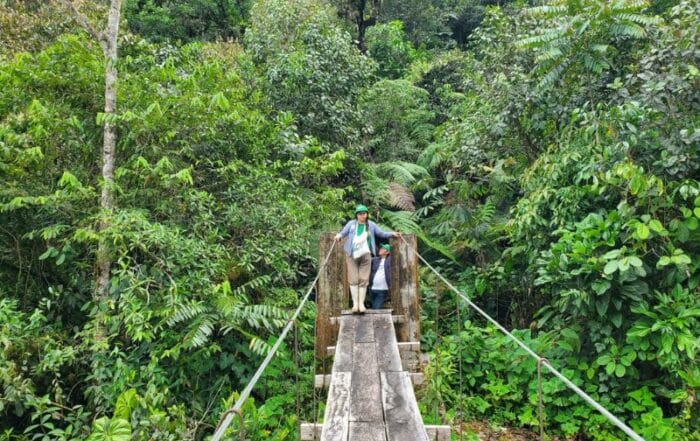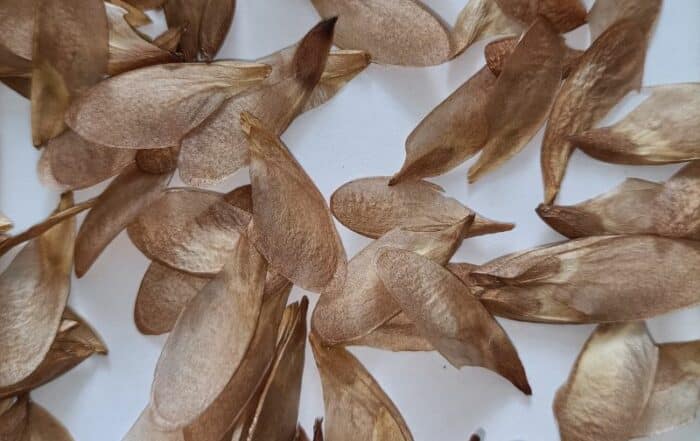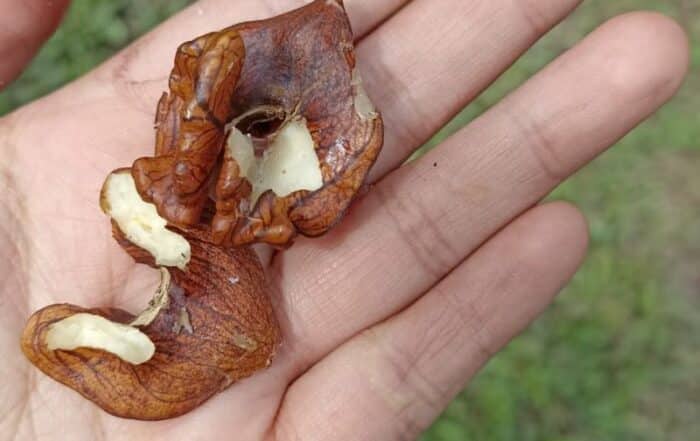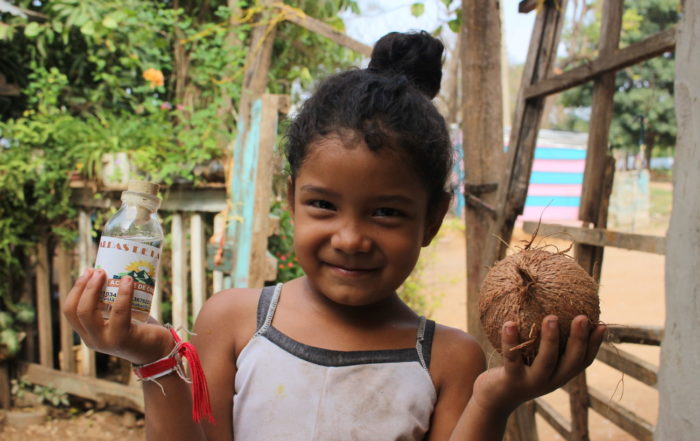There are around 20,000 species of bees in the world, most of them are solitary and living without colonies, queens, or workers. Four tribes of the Apinae subfamily (Hymenoptera order) produce honey: the Apininae (honeybees); Euglossininae (orchid bees); Bombininae (bumblebees); Meliponinae (stingless bees). (abeilles des orchidées); les Bombininae (bourdons); les Meliponinae (abeilles sans dard).
Honey production is therefore not exclusive to domestic bees of the genus Apis, as the tribe Meliponini also produces honey. This subfamily of bees includes 33 genus, with 397 species currently recorded. These stingless bees, which have existed since the separation of the continents (which began around 200 million years ago), have spread throughout the tropics.
Melipona bees play the same role in pollinating crops and producing honey; they are crucial for the reproduction of a significant proportion of plants in tropical areas. In the Amazon region, bees pollinate 38% of tropical plants (Kerr et al., 1999).
Even though the honey crop from melipona bees is smaller than the honey crop from Apis mellifera, it has a bunch of other advantages:
- This honey is recognized for its high quality and rich aroma.
- It has therapeutic and medicinal properties and is used by indigenous communities.
- It is a product with high added value in cosmetology. However, there is a lack of research on its cosmetic properties.
- It costs a lot more. This honey is known for being special and even rare. Due to its rarity, it costs significantly more than other honeys. A true niche product, this honey is appreciated for its exceptional properties.
Finally, meliponiculture facilitates the preservation and use of unused local resources such as flower nectar; it complements existing agricultural and human activities while increasing the yields of production plots.







